Matthew Taylor: Chamber Music, Music for Brass
The music of Matthew Taylor (b. 1964) seeks to give the symphonic tradition continued relevance in the modern age. These three works, composed consecutively between 1993 and 1996, demonstrate Taylor’s concern with the essentials of symphonic thought in the long-term generation and deployment of energy, using a language which stems from the legacy of Sibelius and Nielsen, with points of reference to Robert Simpson, Vagn Holmboe and Michael Tippett.
Lowbury Piano Trio, piano trio
Schidlof Quartet, string quartet
Members of the BBC Symphony Orchestra, ensemble
Martyn Brabbins, conductor
Listen To This Recording:
-
Piano Trio, Op. 17
- I. Grave – Allegro pesante
- II. Theme and Variations: Adagio molto
- III. Finale: Allegretto
- I. Allegro vigoroso
- II. Poco allegretto e misterioso
- III. Vivace
- Conflict
- Consolation
String Quartet No. 3, Op. 18
Conflict and Consolation, Op. 19: A Symphonic Drama for Brass, Timpani and Percussion
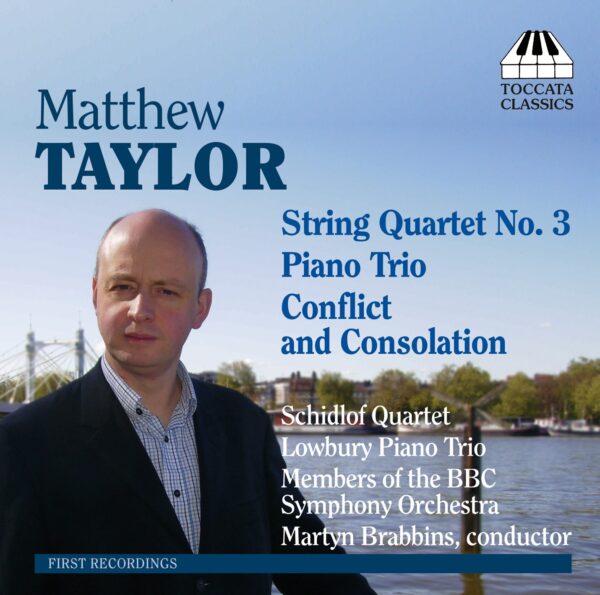
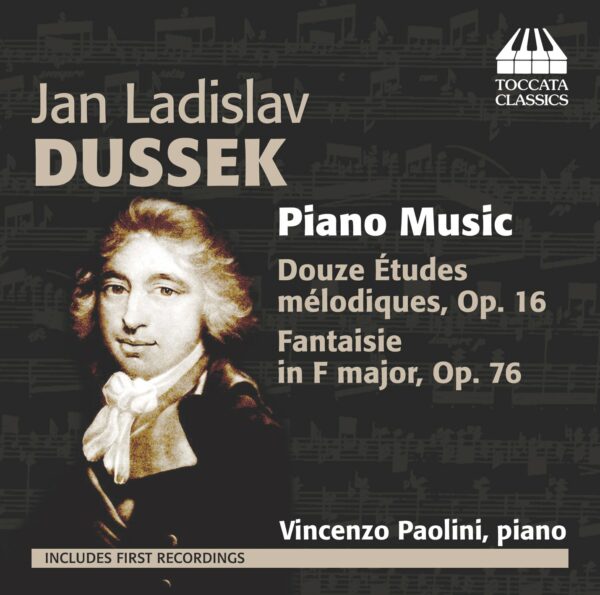
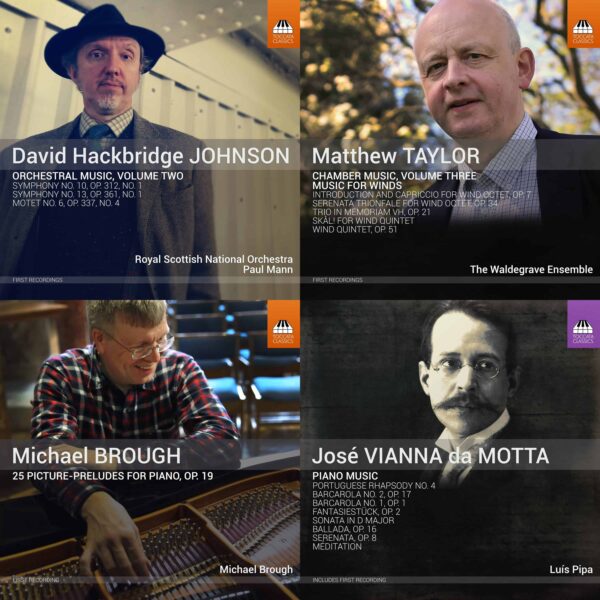
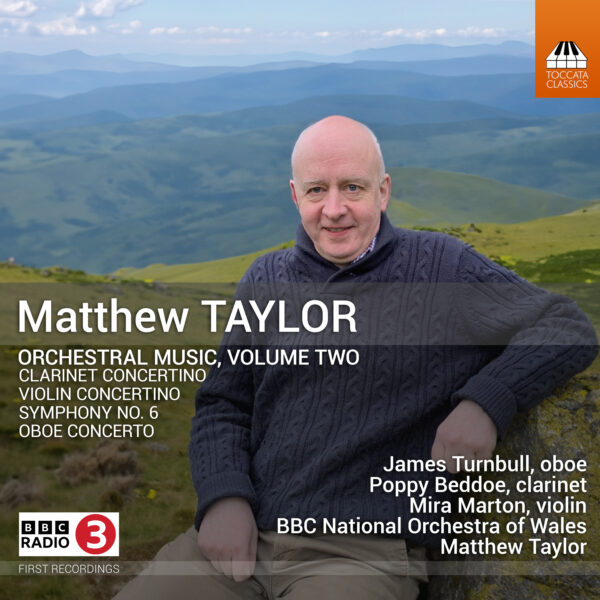
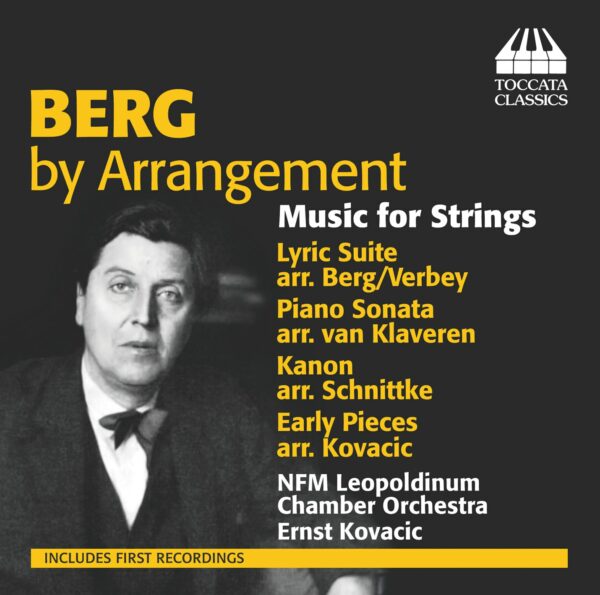
Gramophone :
‘The three works on this enterprising release from the new Toccata Classics label reveal a composer of integrity and intelligence. […] music of quality and genuine staying power. I’m happy to report that performances and recordings […] are uniformly admirable, as is the presentation (Taylor himself provides the helpful listening notes). Well worth exploring.’
—Andrew Achenbach, Gramophone
The Classical Reviewer :
‘The performance by the Lowbury Piano Trio is truly first rate. …The Schidlof Quartet does a wonderful job with some intensely dynamic and often sensitive playing. …The members of the BBCSO percussion deserve much praise…Martyn Brabbins draws great tension from his players as the music moves forward to successive peaks before the music quietens, with deep sounds of the tuba and delicate percussion as it moves towards the coda where the tuba is left alone. All the recordings on this disc are excellent…’
—Bruce Reader, The Classical Reviewer
MusicWeb International :
‘All three of these works are convincing and cohesive in their musical thought. Above all they present a powerful case for the survival of the essentially symphonic composer in the stylistic maelstrom that is the early twenty-first century.’
—Christopher Thomas, MusicWeb International